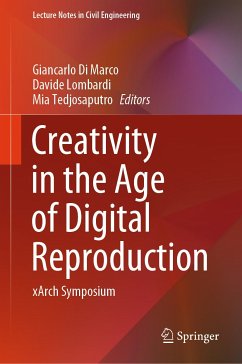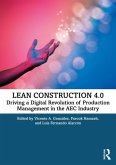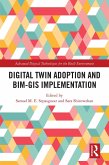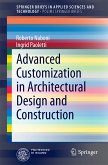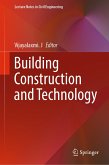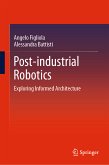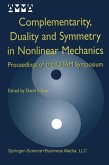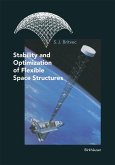Inspired by this symposium we would like to rethink and provide an insight about the use of new technologies in architecture and design. The consideration spans over (but not limited to) computational design, virtual experience, digital fabrication, artificial intelligence and sustainability/environment. Readers of the proceedings will benefit from discussions on how adoption of new technologies can benefit the Construction Industry rather than just for the sake of leveraging new technologies. The book targets scholars and high-education level students, as well as Ph.D.s which research falls into the broad realm of digital design.
Dieser Download kann aus rechtlichen Gründen nur mit Rechnungsadresse in A, B, BG, CY, CZ, D, DK, EW, E, FIN, F, GR, HR, H, IRL, I, LT, L, LR, M, NL, PL, P, R, S, SLO, SK ausgeliefert werden.

